Notes for the Genus: carnegiea |
Etymology -For Andrew Carnegie, an American industrialist.
The single species in this monotypic genus is certainly the most widely recognized and stereotypical cactus of all. The large Saguaro is a symbol of the desert Southwest and has symbolized the west in general in cartoons, on post cards, book covers, paintings, sculptures, etc. Because of this, many people associate the large, branched cacti with the west, however, in reality these quintessential cacti occur in the U.S. only in central/southern Arizona and a tiny bit into California on the Arizona border. This is quite the opposite of the widespread occurence many people romatically incorporate with thier impression of the Wild West. None-the-less, anyone who has stood beneath these magnificent giants can easily see the reason for their popularity. Cacti are foreign enough to the majority of the world with their leafless, succulent, spiny bodies; but add to that heights in excess of 50 feet and monstrous branches and the result is quite awe-inspiring and more than enough to fuel endless fokelore and tall tales. |
Carnegiea gigantea
Common Name(s): Saguaro, Sahuaro, Giant Cactus, Sage of the Desert
Synonym(s): Cereus giganteus, Pilocereus giganteus
|
| To view publication details for this taxon and related synonyms Click Here. |
| To view a chart comparing alternate taxonomy Click Here. |
|
|
| Species Notes: Plants are treelike, reaching heights up to 52 feet (16m) with stems up to 30 inches (75cm) in diameter. Branches begin forming on larger plants at around 7 to 9 feet (2.2 to 2.7m) when they are decades old. Ribs are straight and may be narrow or broad depending on the amount of moisture stored in the tissue. Numbering from 12-30 and 1 to 1 1/2inches tall (2.5 to 3.8cm). Areoles, white-grey, are close together within 1/2inch (12mm). Spines are golden-brown to grey from 1 to 1 1/2 inches (2.5 - 3.8 cm). Spines are unequal in length, with one prominent central spine per areole that is distinctly pointed downward - a useful identification key. Flowers form near the apex of the stem or 6 to 12 inches (15 to 30 cm) below the tip. Flowers are waxy white, bell shaped and are 2 to 2 1/2 inches (5 to 6.25 cm) in diamter and approx. 5 inches (13cm) long. Flowers are fragrant, mildly sweet-smelling and are open during the day and night lasting 1 to 2 days. Floral tubes are green with scales. Fruits are green, turning red as they ripen and are soft and edible. Fruits break open on the stem as they ripen exposing a dark-red pulp containing dozens of 2mm black seeds. |
 This icon appears next to images that have been 3rd party verified. Click Here to learn more. Click any picture below to enlarge. |

C. gigantea
|
Picture taken at: Daiv Freeman's Private Collection
Photographer: Daiv Freeman

|
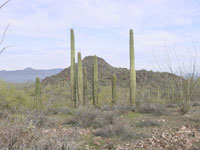
C. gigantea
|
Picture taken at: Organ Pipe Cactus National Monument, AZ
Photographer: Daiv Freeman

|
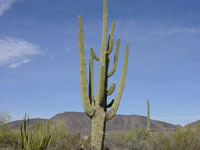
C. gigantea
|
Picture taken at: Organ Pipe Cactus National Monument, AZ
Photographer: Daiv Freeman
|
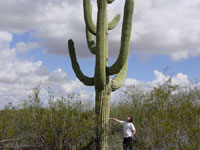
C. gigantea
|
Picture taken at: Tohono O'Odham Indian Reservation, AZ
Photographer: Daiv Freeman
|
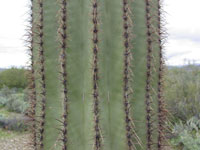
C. gigantea
|
Picture taken at: Just East of Phoenix AZ on Hwy 60
Photographer: Daiv Freeman
|
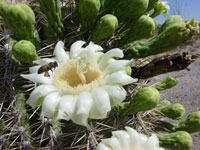
C. gigantea
|
Picture taken at: Near Wenden, Arizona
Photographer: Daiv Freeman
|

C. gigantea
|
Picture taken at: Near Wenden, Arizona
Photographer: Daiv Freeman
|
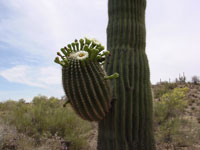
C. gigantea
|
Picture taken at: Near Morristown, Arizona
Photographer: Daiv Freeman
|

C. gigantea
|
Picture taken at: Near Morristown, Arizona
Photographer: Daiv Freeman
|
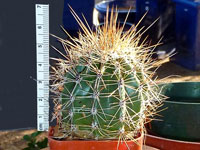
C. gigantea
|
Picture taken at: Nursery in Tucson, Arizona
Photographer: Ed Bartlett
Photographer's Website: Click Here
|

C. gigantea
|
Picture taken at: Nursery in Tucson, Arizona
Photographer: Ed Bartlett
Photographer's Website: Click Here
|
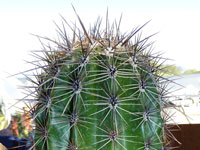
C. gigantea
|
Picture taken at: Nursery in Tucson, Arizona
Photographer: Ed Bartlett
Photographer's Website: Click Here
|
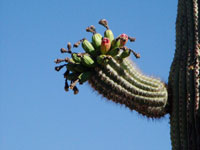
C. gigantea
|
Picture taken at: Habitat in Arizona
Photographer: Ed Bartlett
Photographer's Website: Click Here
|
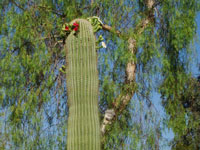
C. gigantea
|
Picture taken at: Habitat in Arizona
Photographer: Ed Bartlett
Photographer's Website: Click Here
|
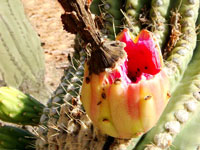
C. gigantea
|
Picture taken at: Habitat in Arizona
Photographer: Ed Bartlett
Photographer's Website: Click Here
|
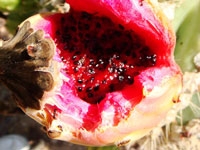
C. gigantea
|
Picture taken at: Habitat in Arizona
Photographer: Ed Bartlett
Photographer's Website: Click Here
|
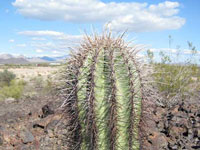
C. gigantea
|
Picture taken at: Near Quartzite, Arizona
Photographer: Darryl Craig
Photographer's Website: Click Here
|

C. gigantea
|
Picture taken at: Near Quartzite, Arizona
Photographer: Darryl Craig
Photographer's Website: Click Here
|
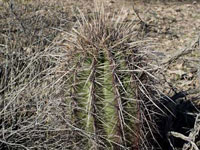
C. gigantea
|
Picture taken at: Near Quartzite, Arizona
Photographer: Darryl Craig
Photographer's Website: Click Here
|
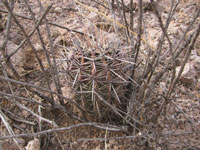
C. gigantea
|
Picture taken at: Saguaro National Park, West Unit, AZ
Photographer: Daiv Freeman
|
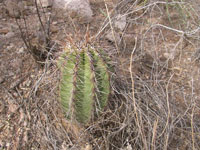
C. gigantea
|
Picture taken at: Saguaro National Park, West Unit, AZ
Photographer: Daiv Freeman
|
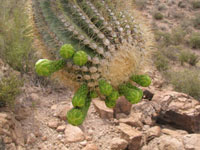
C. gigantea
|
Picture taken at: Saguaro National Park, West Unit, AZ
Photographer: Daiv Freeman
|
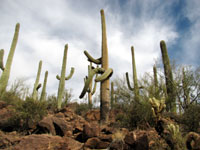
C. gigantea
|
Picture taken at: Saguaro National Park, West Unit, AZ
Photographer: Daiv Freeman
|
 |
Carnegiea gigantea f. cristata
Common Name(s): Saguaro, Sahuaro, Giant Cactus, Sage of the Desert
Synonym(s): Cereus giganteus cristata, Pilocereus giganteus cristata
|
| To view publication details for this taxon and related synonyms Click Here. |
| To view a chart comparing alternate taxonomy Click Here. |
|
|
| Species Notes: Crested forms are mutated plants where the growing point (apical meristem) of the plant has forms along a line rather than a single point resulting in a fan shape. In botanical terms this is referred to as "cristate" or "cristata" and is also known as "fasciation". |
 This icon appears next to images that have been 3rd party verified. Click Here to learn more. Click any picture below to enlarge. |
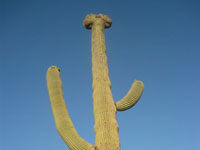
C. gigantea f. cristata
|
Picture taken at: Desert Botanical Gardens - Phoenix, AZ
Photographer: Mike Wisnev
|
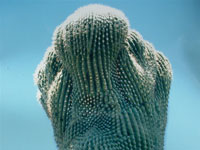
C. gigantea f. cristata
|
Picture taken at: Near Ajo, Arizona
Photographer: Juergen Menzel
|

C. gigantea f. cristata
|
Picture taken at: Near Ajo, Arizona
Photographer: Juergen Menzel
|
*Currently 1 of 1 known species are represented on CactiGuide.com.
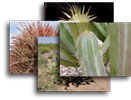
Do you have images of this species that would complement this page?
Visit the Big Picture Project to to learn how you can contribute.
|
|